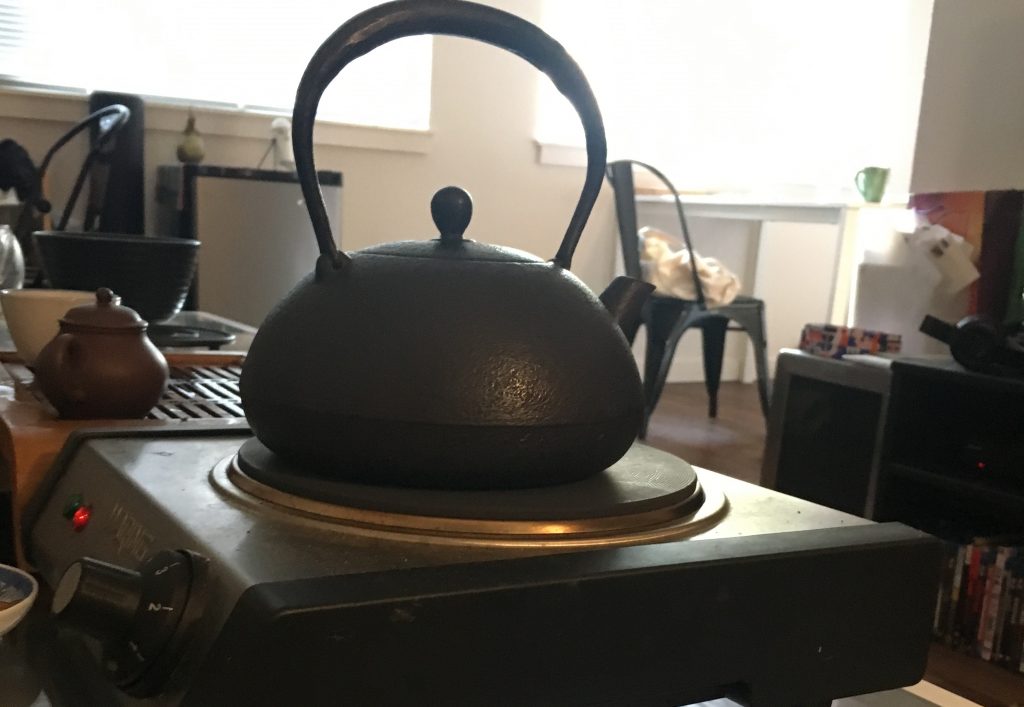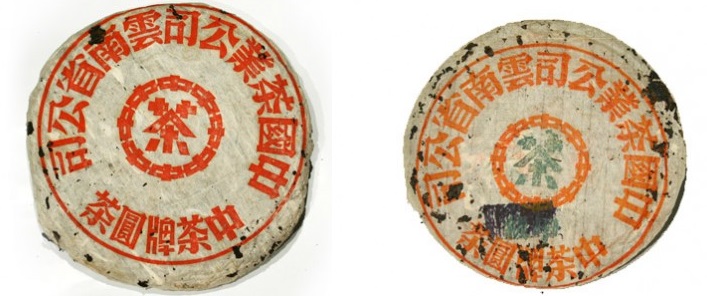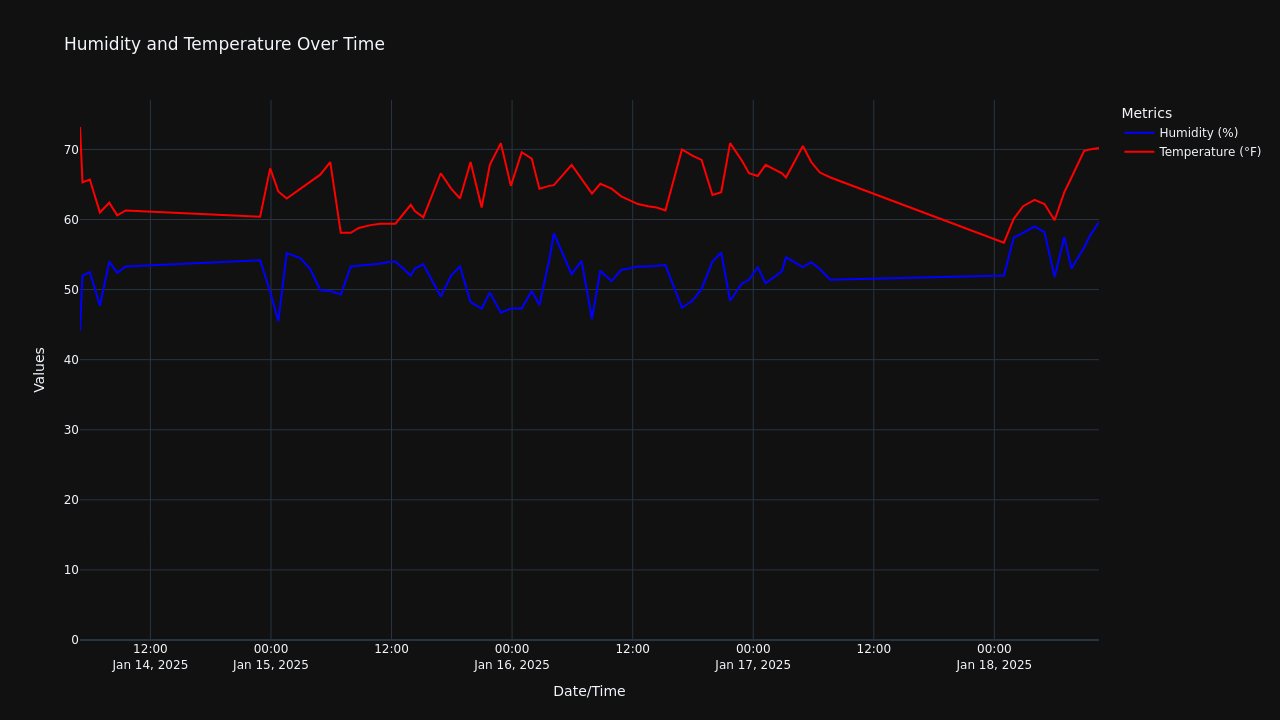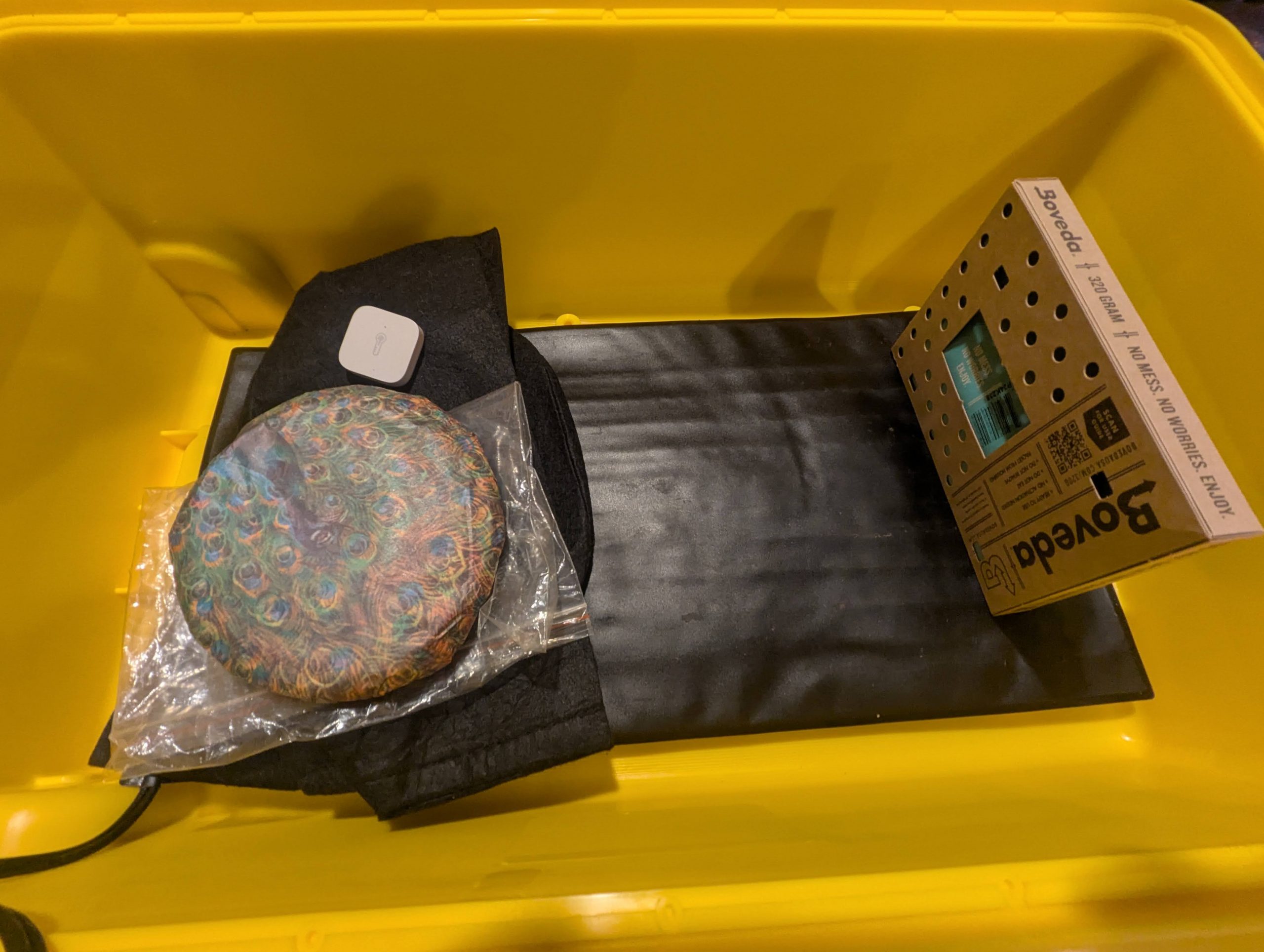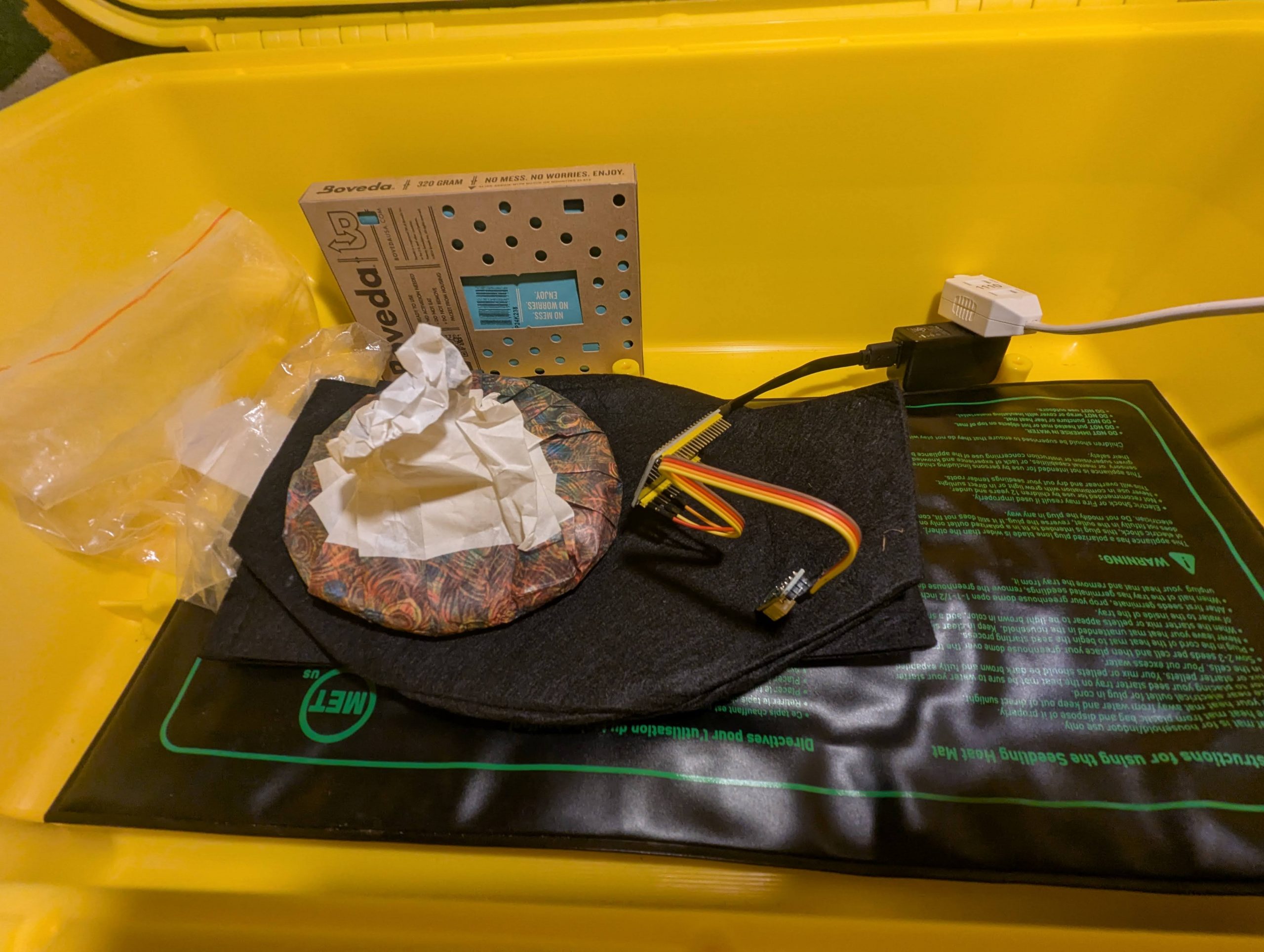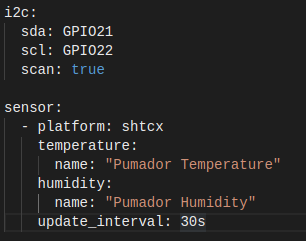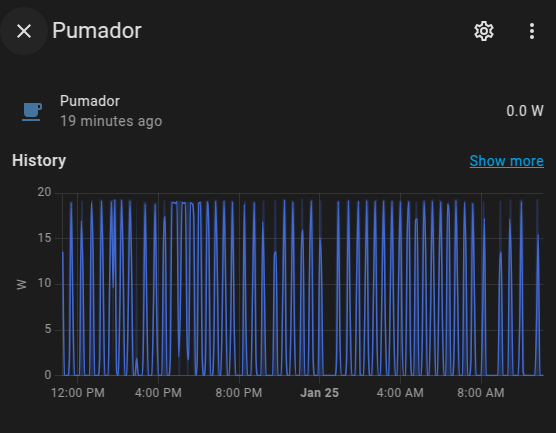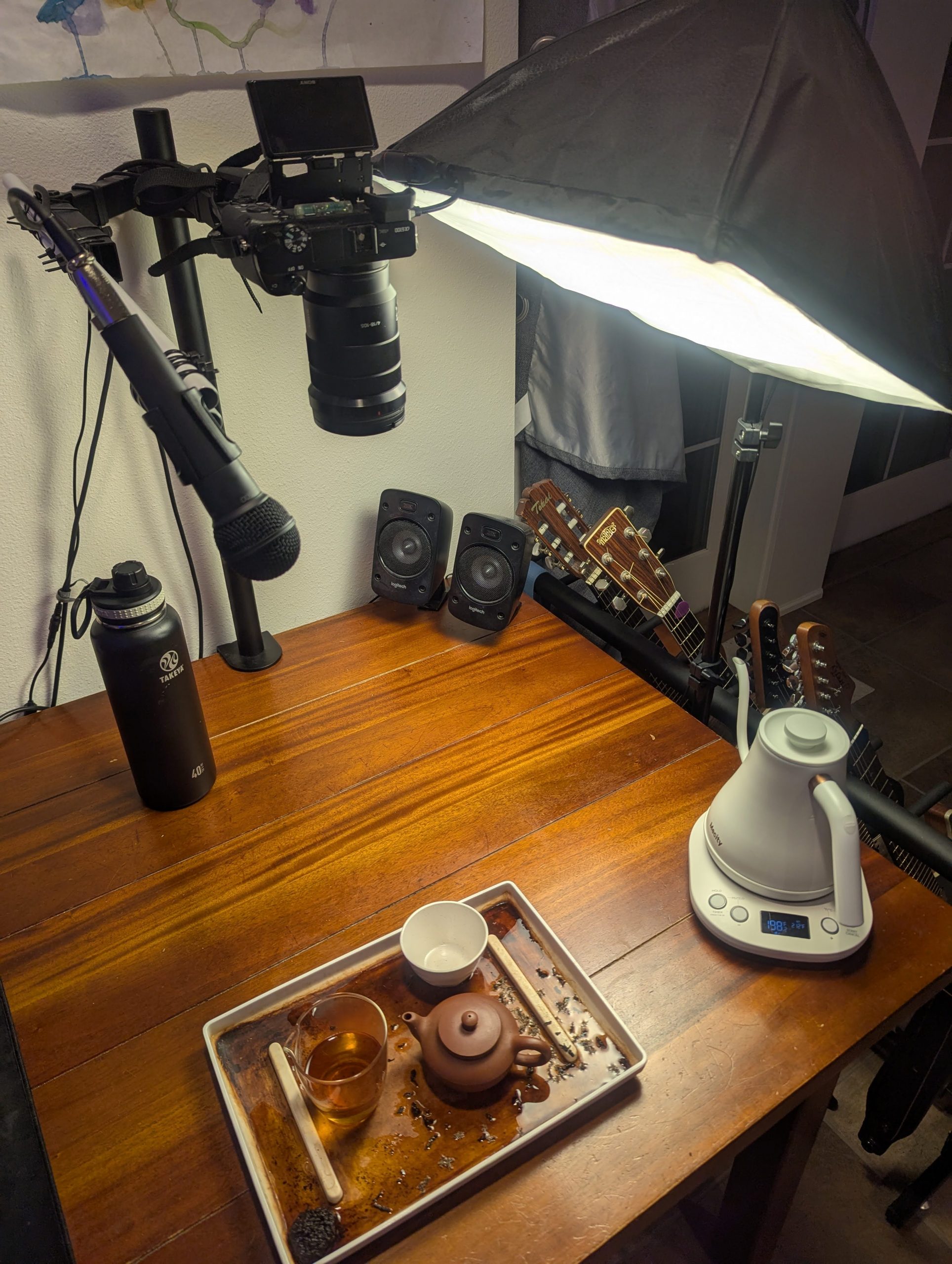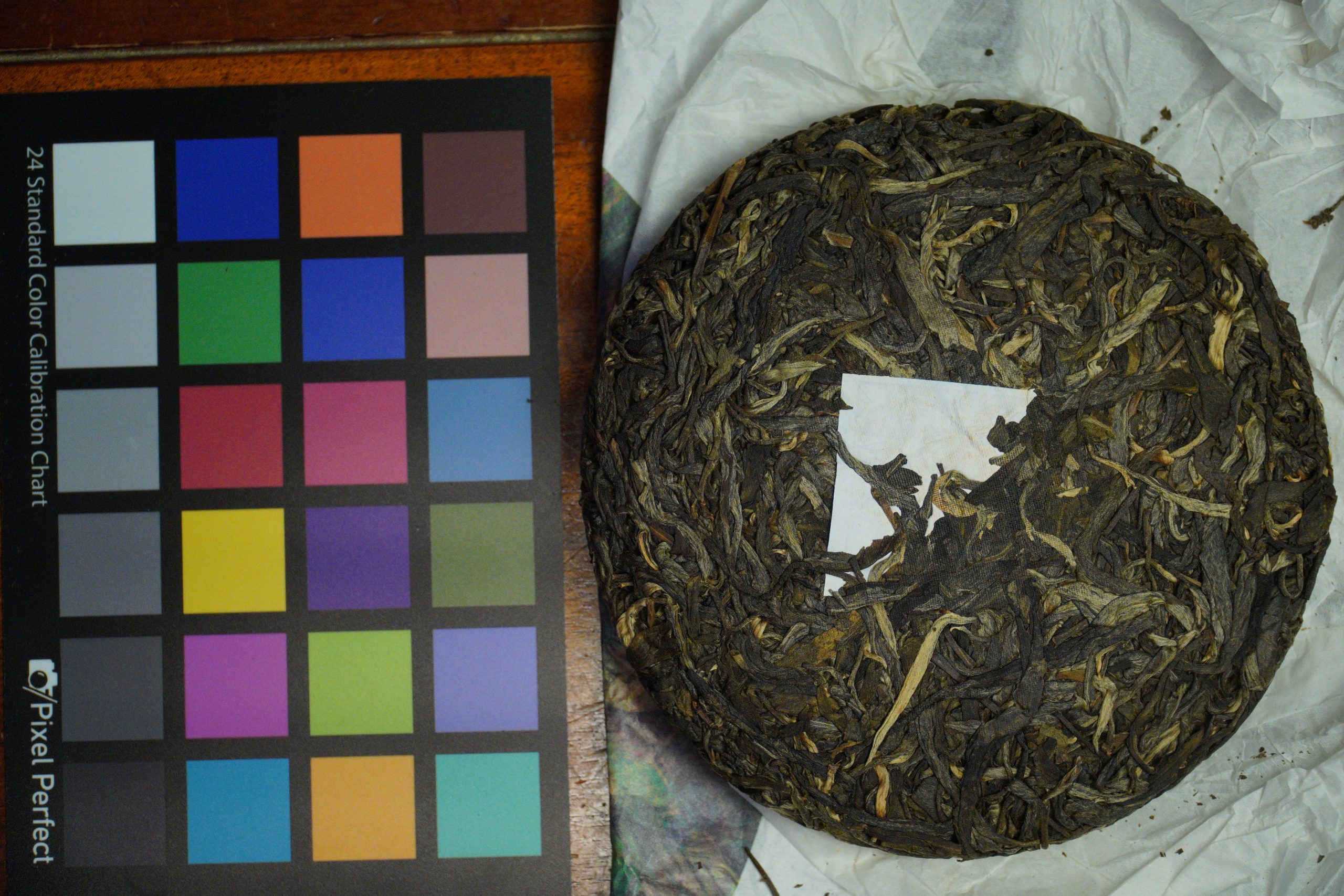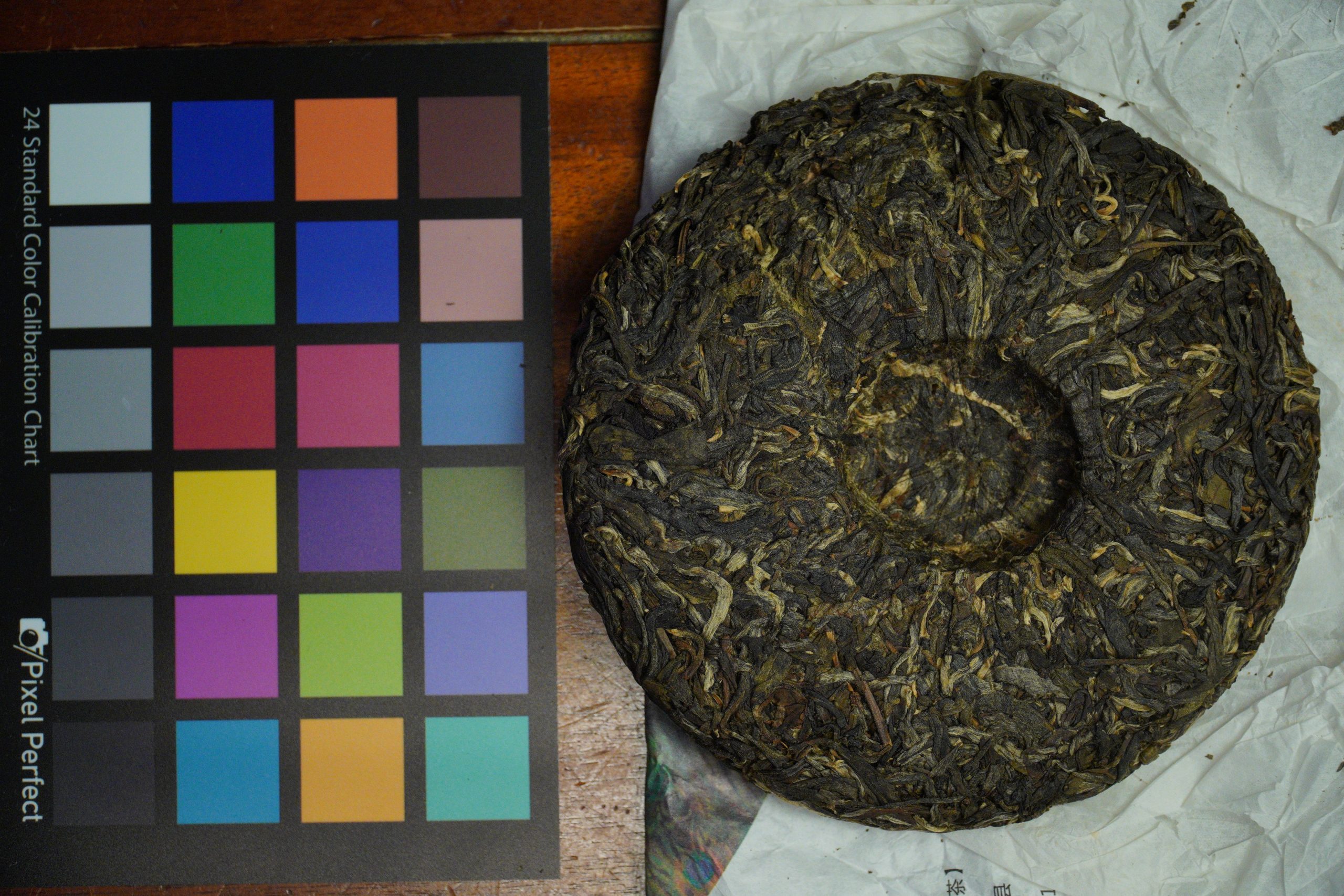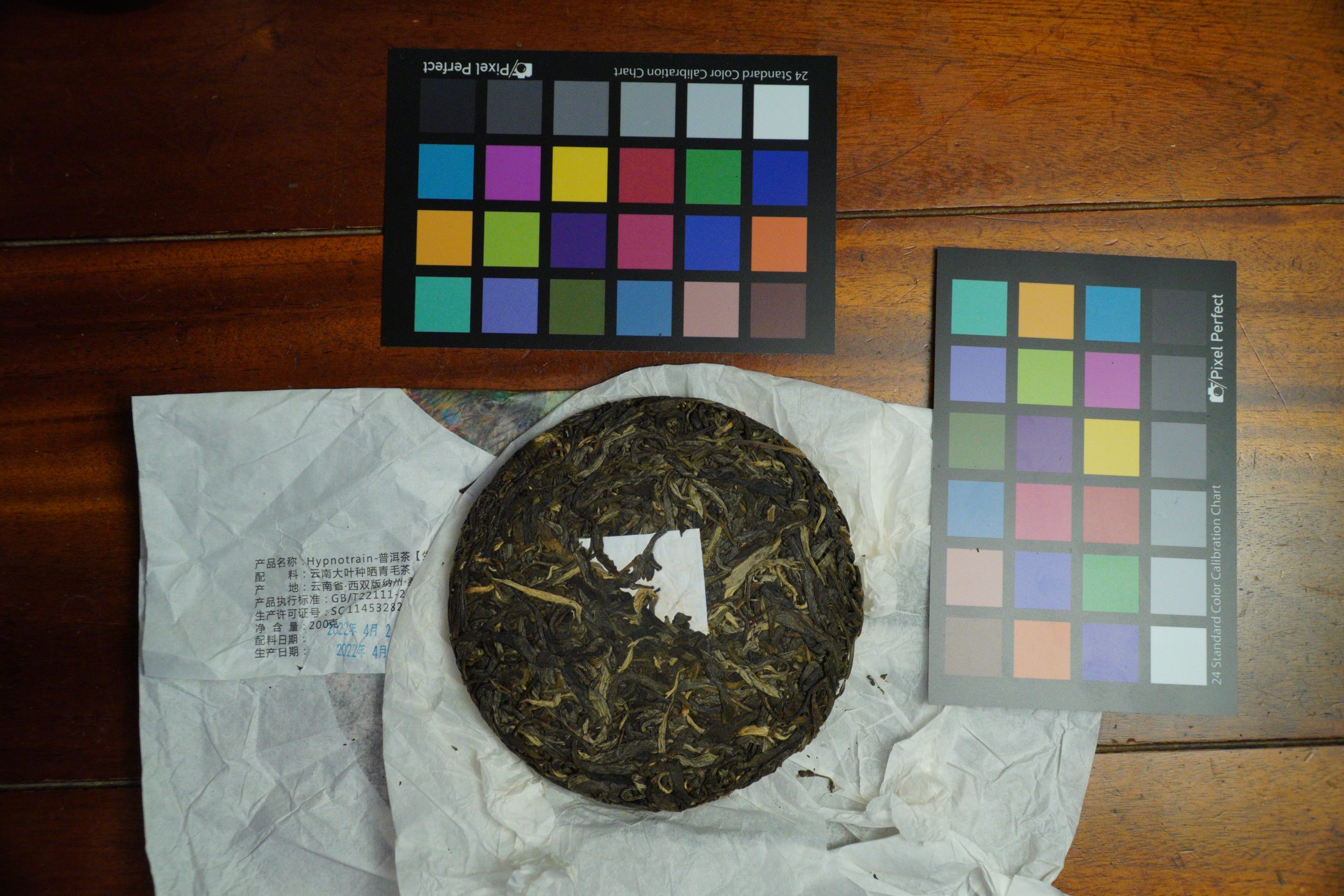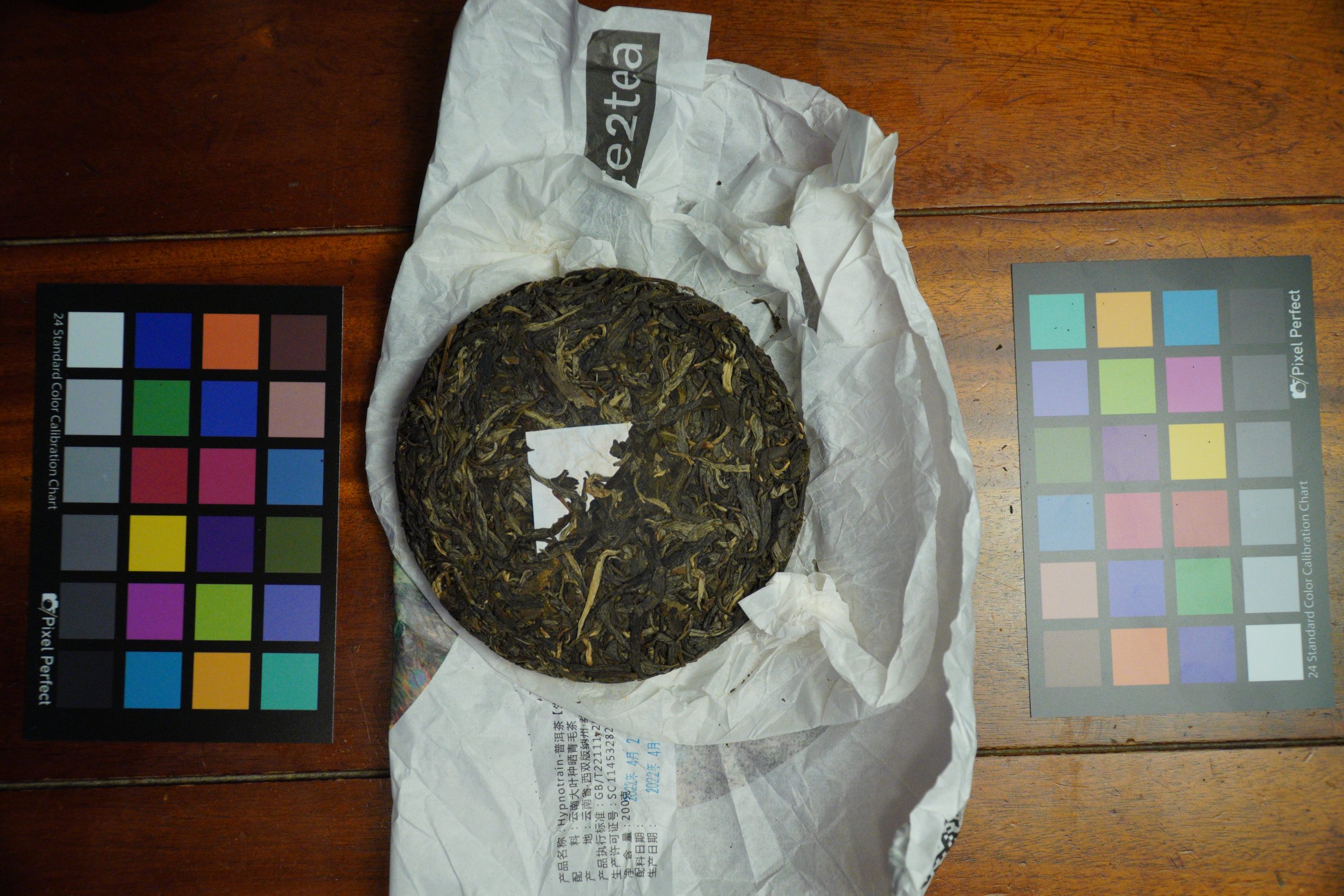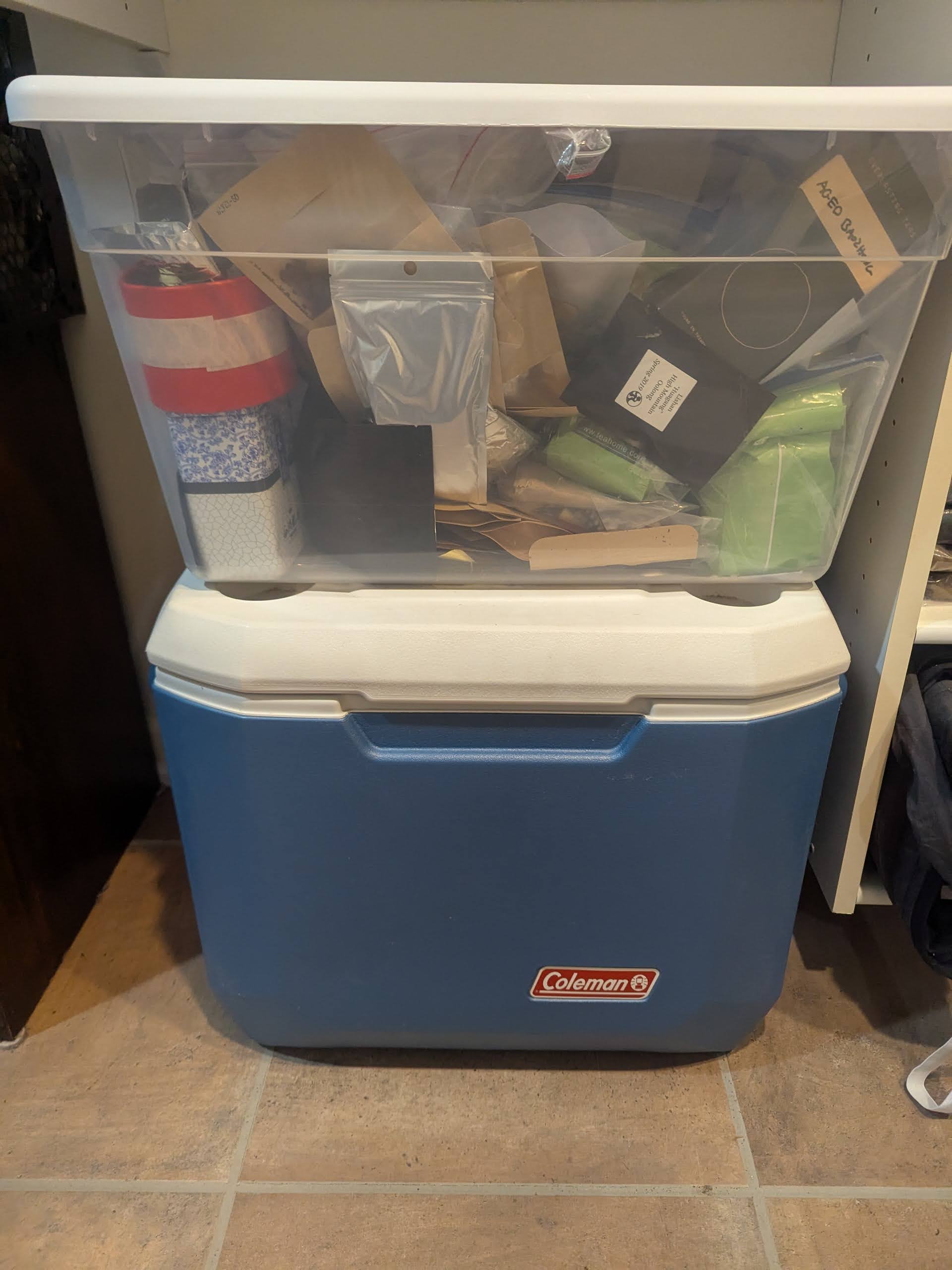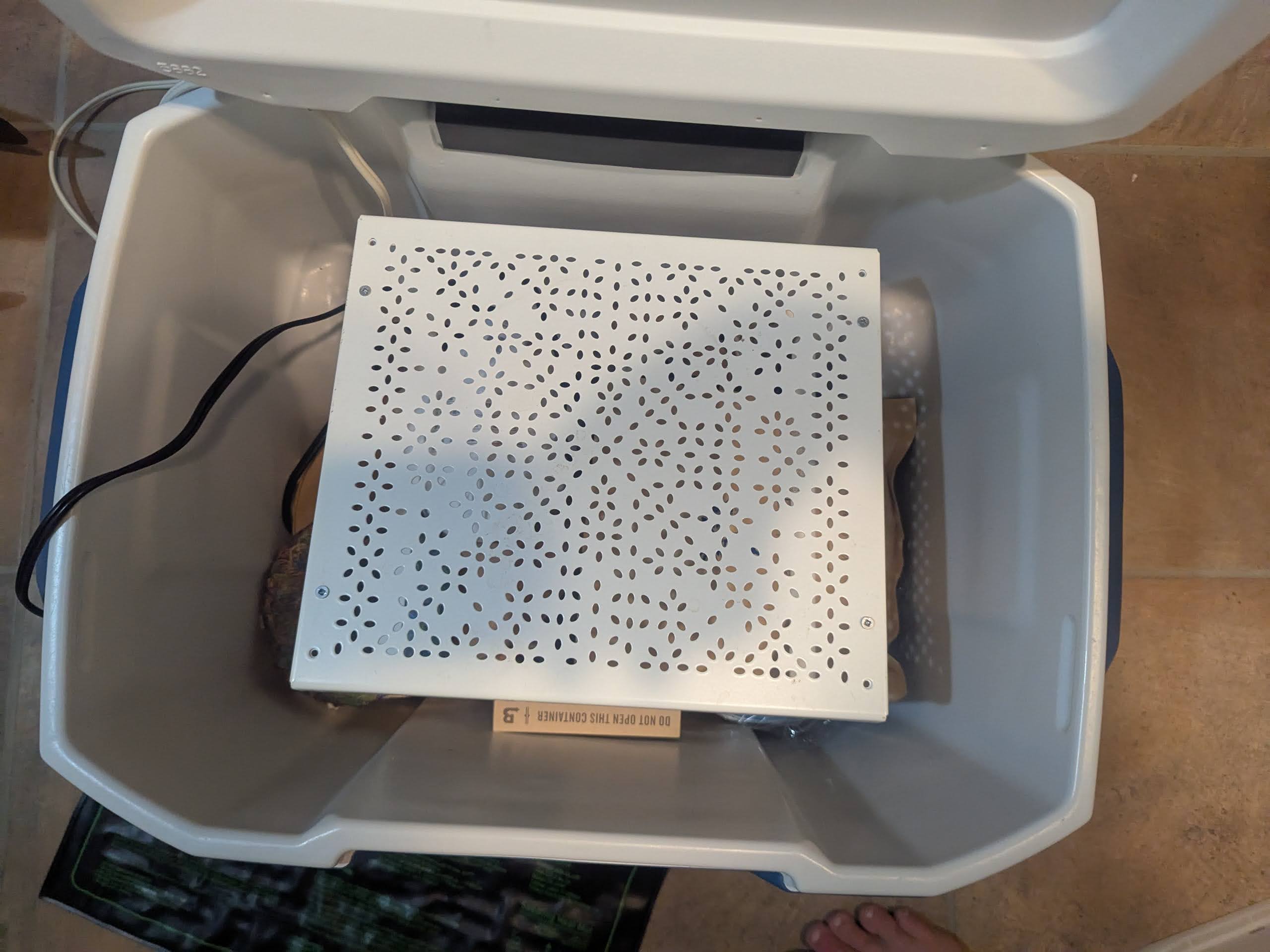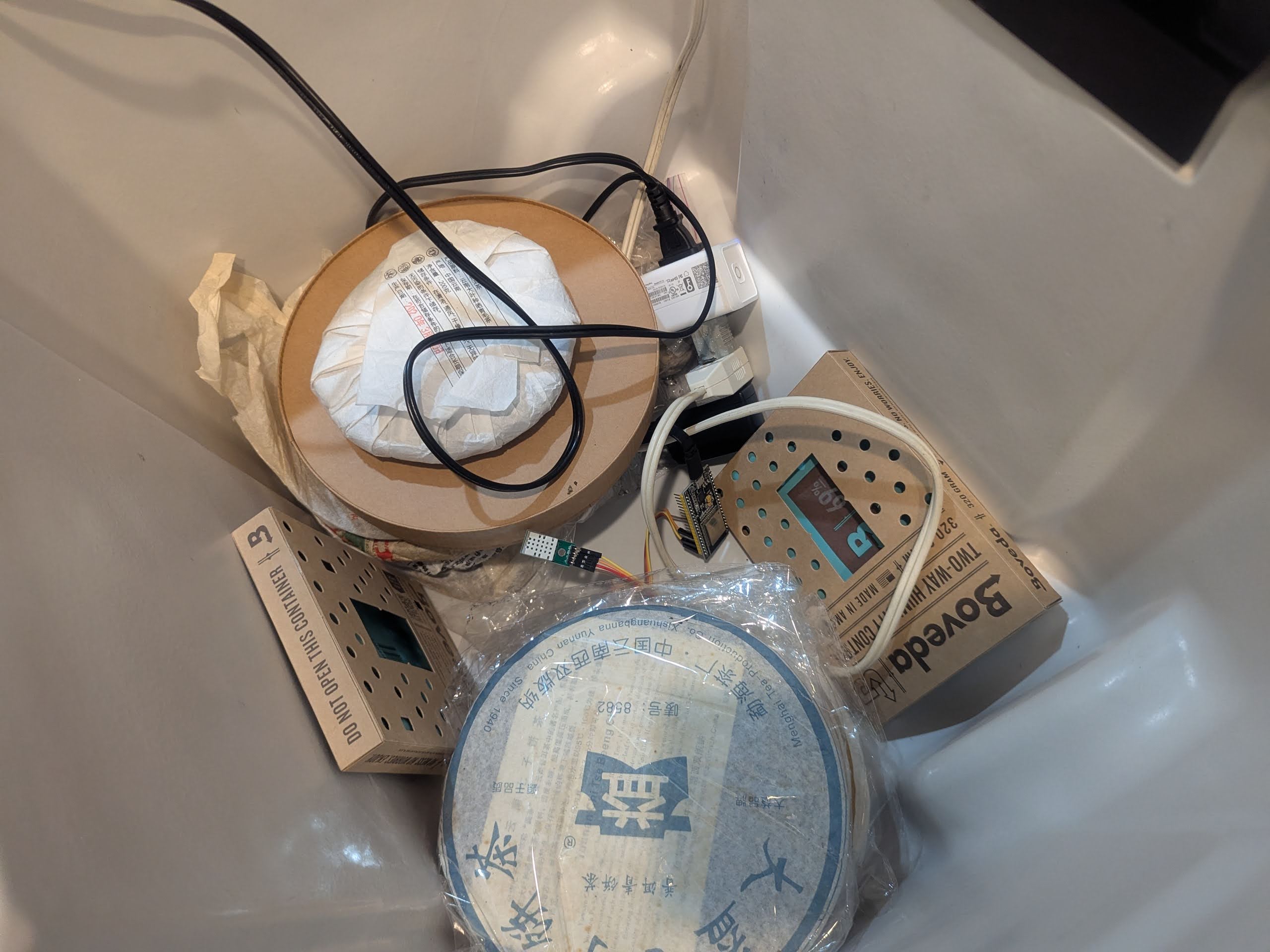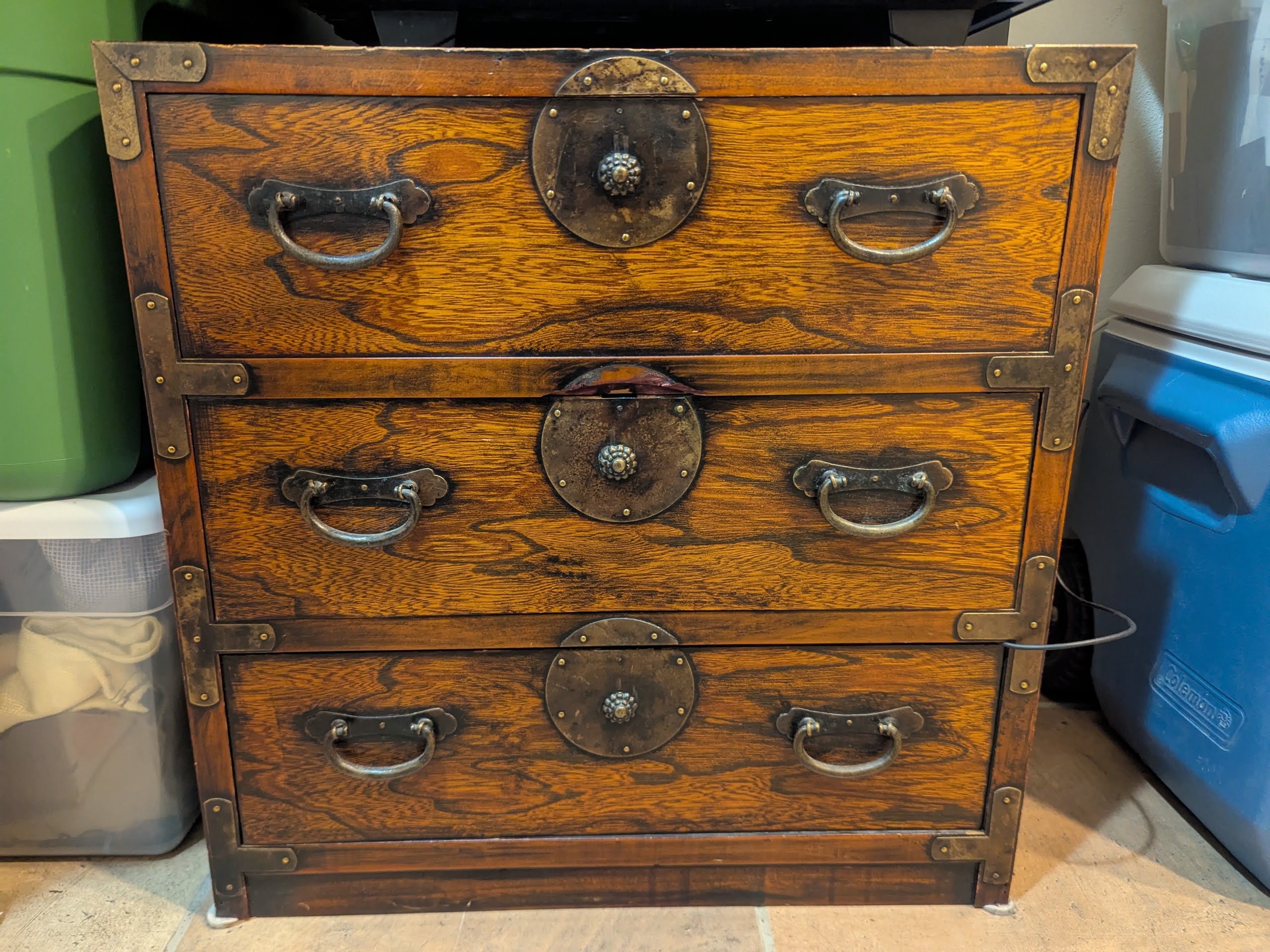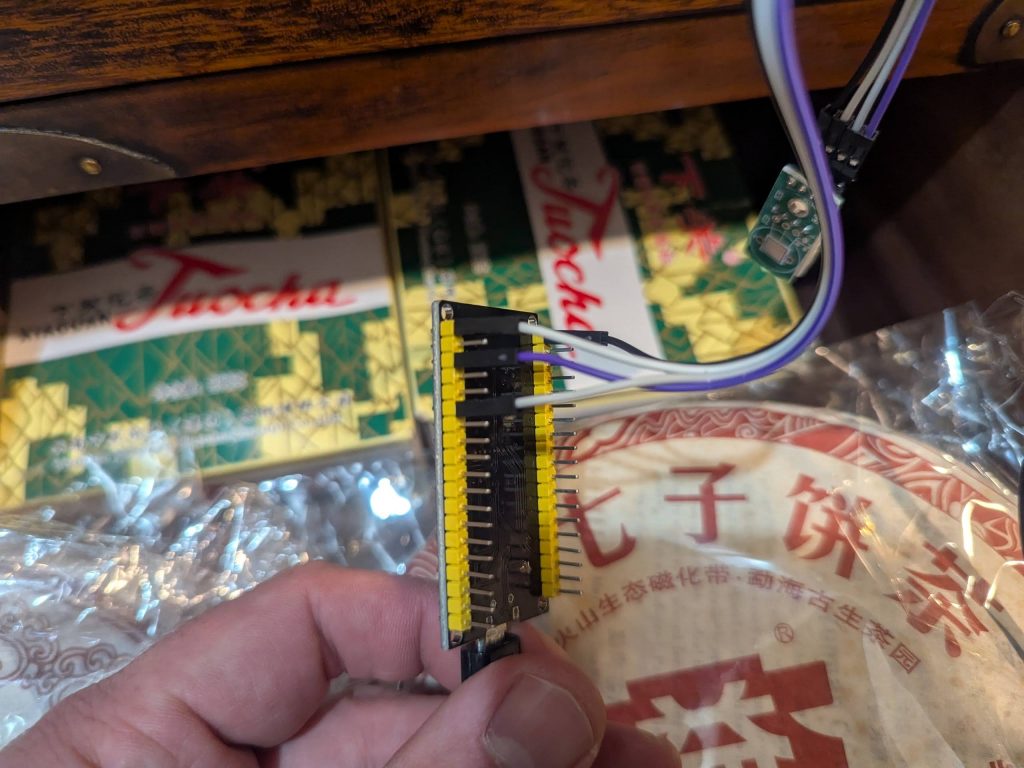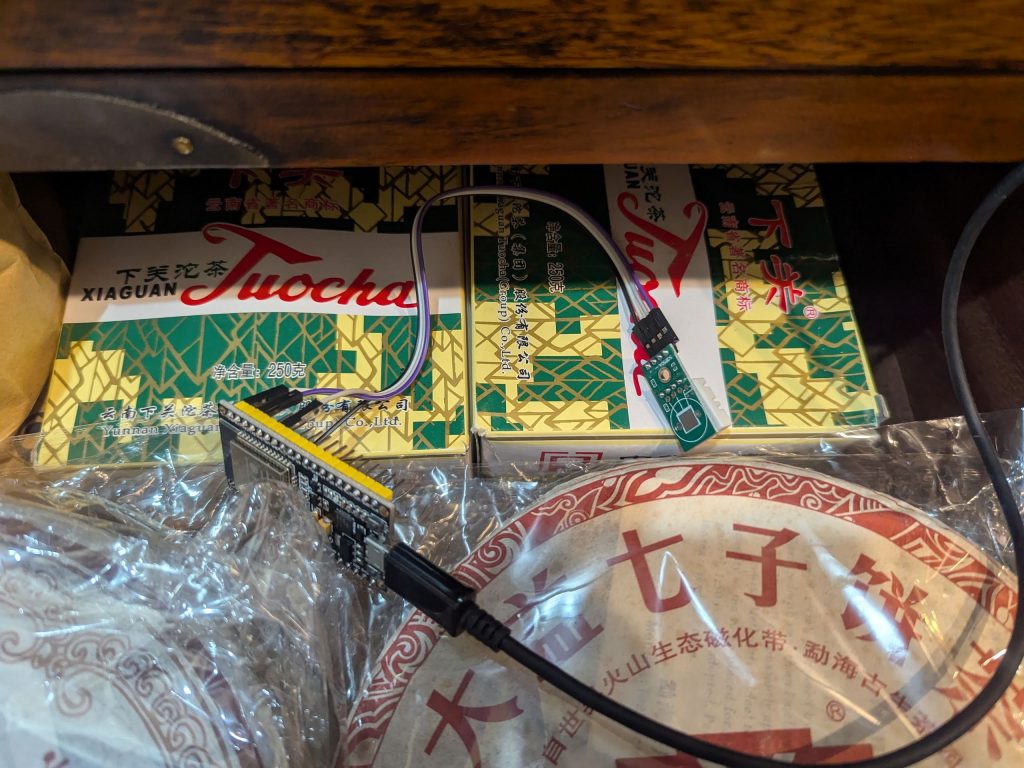I frequently get asked about entry points into pu’erh. Usually I’ll refer them to things I’ve written in the past like the different types of pu’erh to try out. Pu’erh is big enough that you don’t have to go too deep to find it (search for it on Amazon), but most generalists teashops/options that sell it in the west carry very mediocre examples. Starting out at the right point helps to make your journey more efficient and minimize tea tuition. This post is about how to stretch your resources to maximize experience and learning, under the constraints of the almighty dollar.
Getting Connected: Join A Discord
Since getting plugged back into the tea scene in 2024 I’ve started to see how the scene has evolved. The dynamics are definitely not like they were in 2012/2013 when I spent countless hours reading Marshaln and Half Dipper while hunting through old TeaChat threads. At that time this is where the majority of tea-related dialogue was. In 2025, TeaChat is a shadow of its former self and the chatter has moved elsewhere, Facebook, Reddit, Instagram, but most notably Discord. There are two major English speaking Discords Communitea and The Tea Table, both of which see a decent amount of activity. Even moreso than something like Reddit, the nature of Discord chat allows you to quickly find vendors of the moment and get recommendations on specific teas. I met with a newish tea drinker recently and was surprised at the breadth of tea and vendors he had tried despite starting serious gong fu drinking fairly recently. He’d sampled serious vendors across most of the tea types and had heard of just about everyone. Obviously he was not an expert in every single category but it seemed like he’d gotten a reasonable introduction and dipped his toes in remarkably quickly.
A downside to Discord is most of the information is more hidden than it was in the TeaChat glory years. Old forums have the benefit of being searchable and more easily scrollable. There were often pinned posts where you could see what people were drinking on the regular and get their impressions. This sort of thing is not really present in the same way on Discord. In theory you can get that information, but it’s a lot messier and more difficult to access.
My advice? Join one or both of the Discords. The two servers have different participants and vibes. You don’t need to check often or everyday, but both are receptive to newcomers and there’s a lot of information that gets exchanged. This isn’t to say its a perfectly ideal environment that replaces having tea in person. But in my opinion for people out west this is better than the alternative, learning solo and reading something like Reddit. There’s also the major benefit of being able to trade and access the secondary market…
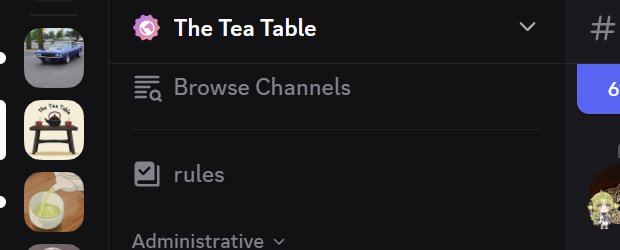
Trend: Sorry, No Samples
Another change in the vendor landscape is the lower amount of samples being offered. In 2013, most vendors offered a smaller 10-25gram size even for cheaper cakes. This is no longer the case in 2025. I would not have predicted this trend, but it makes a lot of sense for hobbyist organizations like TeasWeLike or Quiche to reduce the overall burden and time commitment. Anyone that has sent out a tea package knows that breaking up cakes is a pain. It takes time and often a fair bit of cleanup afterwards.
Advice: Pay the sample tax. If samples or smaller quantities are offered for a tea you are interested in, even if there is a higher $/g charge. You do not need to maximize value everywhere. Don’t hesitate and buy.
Get Tea Currency & Utilize the Secondary Market By Swapping and Selling
If you were stuck on an island and could only interact with the tea world by ordering tea online, it’d be easy to end up with a random assortment of pu’erh. You’d be limited by your budget. And you’d also be limited by what you can or cannot sample. You may decide to buy one $400 cake, since its not as easy or possible to sample 8 or 9 different $400 cakes that interest you. It’s good to get reps but a cake is big and I’d prefer to get experience from a wider amount of sources.
The good news is that connecting with people over Discord can help here as well. Discord does not have to be buying temptation after buying temptation. It can also limit the financial burden, so you don’t need to buy 10 whole $400 cakes to try them all. The two major Discords both have marketplace channels, places you can buy, sell or exchange teas with other users. It’s a nice place to get good value since you are often buying cakes that have been broken into already. It can also be a good place to sell unwanted tea and help to trim down your stash.
Discord is also great for finding fellow members to swap with. One Discord user (shoutout KnockFan) has shared his experience getting started with tea, where he bought one well-liked but pricy cake, the 2003 Wistaria Qingteng. He then used that as currency to exchange to trade for a variety of other teas he was interested in.
This might seem like a pain since it involves coordination and going to the post office.. But if you are operating under some financial constraints and have a tea that people like and can’t sample easily, this can be a worthwhile tradeoff. It’s a particularly great way to cash in some chips to get experience with other teas of interest without over accumulating too much or spending more.


